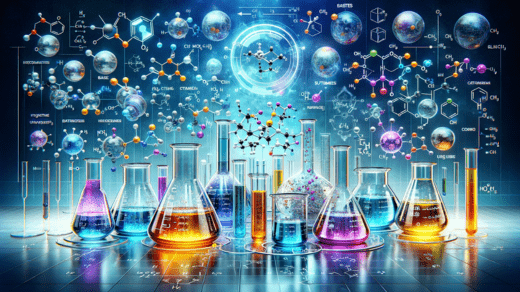Introduction
The pharmaceutical industry faces the challenge of treating wastewater generated during chemical synthesis processes containing various organics, including trace precious metal catalysts like palladium. These catalysts, while present in low concentrations, pose potential health risks and are also carcinogenic in nature.
Therefore, researchers are exploring novel methods to efficiently separate and recover these homogeneous catalysts from pharmaceutical industry wastewater. A recent study presents a groundbreaking approach using a synergistic recovery phase via a hollow fiber-supported liquid membrane (HFSLM) system.
HFSLM System
The hollow fiber-supported liquid membrane system offers several advantages, including high selectivity, efficiency in separation, and lower operating costs compared to traditional methods.
In this study, the HFSLM was impregnated with Aliquat 336 as the extractant dissolved in cyclohexane. The researchers explored various chemical parameters, such as extractant and recovery phase concentrations and the recovery selector concentration in the recovery phase.
Key Findings
The study achieved impressive results, with the highest percentage of extraction and recovery reaching 99.95% and 88.12%, respectively. The recovery phase consisted of a mixture of hydrochloric acid and thiourea, showcasing the synergistic effects of combining these agents.
The use of pharmaceutical industry wastewater as a feed further demonstrates the potential for sustainable practices in treating industrial effluents.
Optimization Parameters
To enhance the separation efficiency, the researchers optimized several parameters, including the pH of the feed solution, extractant concentration in the organic phase, and the type of recovery phase.
The results indicated that the concentration of the extractant (Aliquat 336) significantly influenced the extraction efficiency. The optimal concentration was found to be 0.6 mol/L, providing the best balance between extraction efficiency and system viscosity.
Synergistic Recovery
The study explored the synergistic effects of combining hydrochloric acid and thiourea in the recovery phase. The results indicated a significant enhancement in the recovery activities when both agents were used together. T
he synergistic effects were maximized at a concentration ratio of 0.6 mol/L thiourea to 0.1 mol/L hydrochloric acid, achieving an impressive 88.12% recovery of homogeneous catalysts like palladium.
Conclusion
The innovative approach of using a synergistic recovery phase in the HFSLM system presents a promising solution for separating homogeneous catalysts that include traces of precious metals from pharmaceutical industry wastewater.
The optimized conditions demonstrated exceptional extraction and recovery percentages, showcasing the potential for sustainable and efficient treatment of industrial wastewater. This research contributes valuable insights to the field of wastewater treatment, highlighting the importance of synergistic recovery methods in precious metal separation processes.

